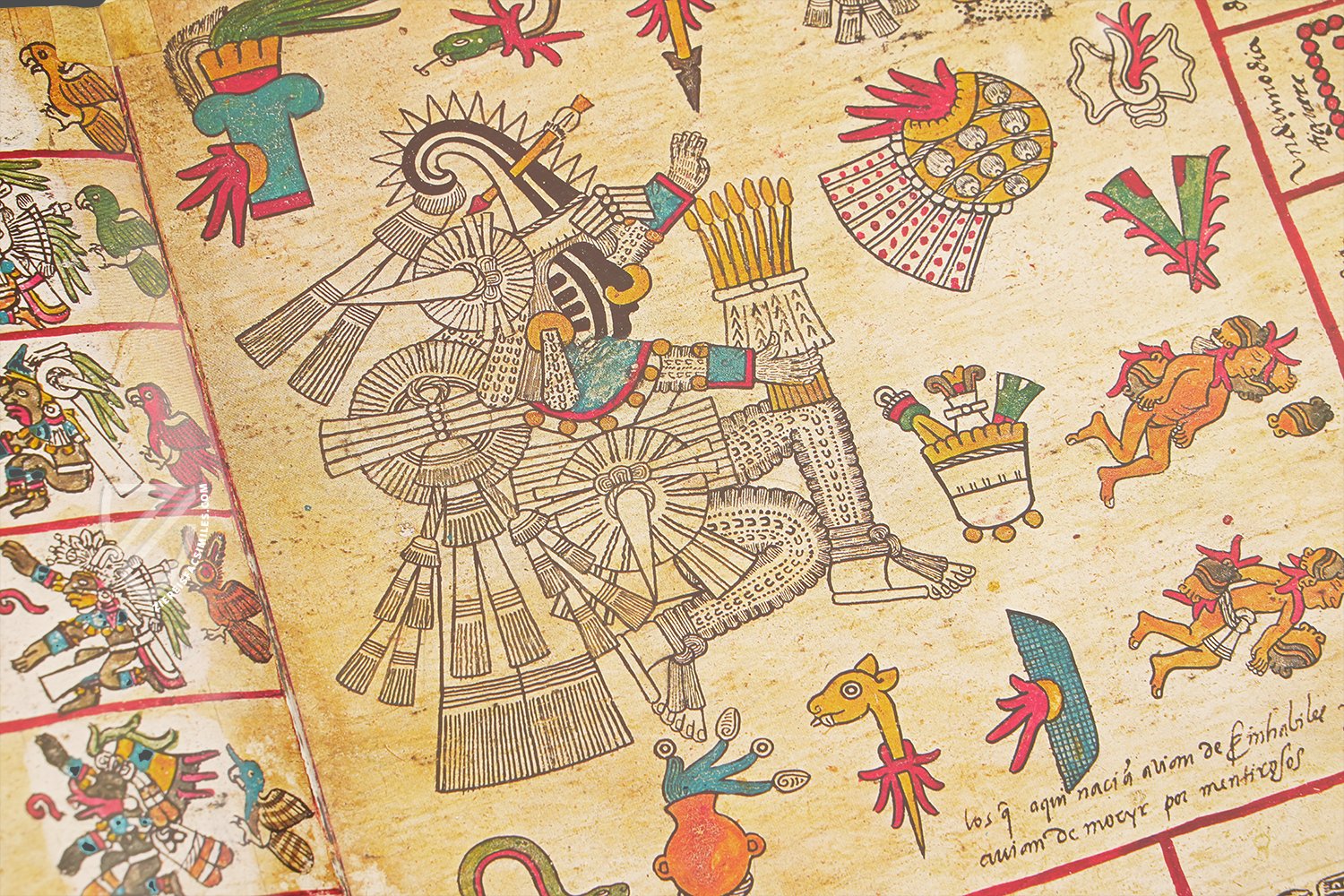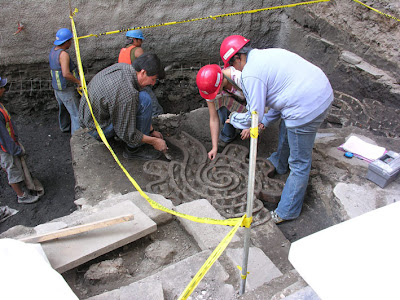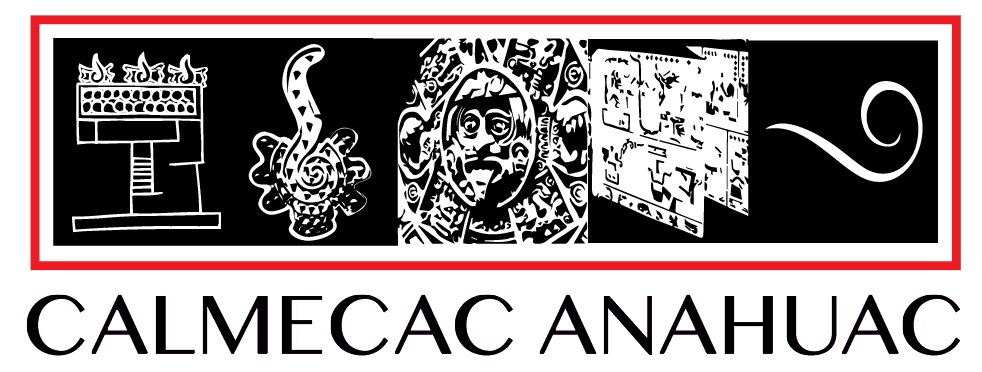
When it comes to Mesoamerican history and culture there are many secondary sources on the topic. The problem with secondary sources is that there exists much misinformation regarding Mesoamerica that gets repeated and when this happens it is very difficult to correct. Most people today immediately associate the Mexica with human sacrifice, skull racks, and losing a war to a couple hundred Spaniards. This is unfortunate because Mesoamerican people made tremendous achievements that should be known to the world today. In this blog entry I will detail the 5 best post-conquest books for those who want to get past the Spanish propaganda and learn the most accurate version of Mesoamerican history and culture as possible. I will use the following criteria to define what I mean by “accurate”:
1. The closer the source is to the conquest, the better. The reason for this is that the further we get from the conquest, the more distorted the source becomes. Memories fade, information is lost, elders pass away, traditions are lost, languages are no longer spoken. Often times in the sources closer to the conquest, the authors refer to books they have access to and in most cases those books no longer exist today. Anybody familiar with the Mexica calendar system knows that within just a few years, the entire mechanism fell apart to the point that it has become impossible to reconstruct the calendar with post-conquest sources.
2. if the source can be confirmed through other methodologies, we know it is highly accurate. The calmecac was a school for Mexica youth in Tenochtitlan mentioned in the Codex Florentine, a book written in the 1500s. Amazingly, this was the only detailed mention of the calmecac in all of the sources until in 2007, archaeologists in Mexico discovered Tenochtitlan’s calmecac. The calmecac that was dug up looked exactly like the depiction found in the Codex Florentine. Ordinarily, the mention of a building in only one source would not be believable on its own. The utilization of archaeological methods to confirm it, increases the likelihood that such a building actually existed tremendously. Throughout the post-conquest sources there exists documentation of various foods eaten by Native people. The most commonly cited foods: tamales, atole, pozole, beans, corn, and tortillas are all still very integral parts of Mexican cuisine today. If a post-conquest tradition is still practiced in the present day and the original Nahuatl words are still used, that greatly increases the accuracy of the source that mentions it.



3. The trustworthiness of the author greatly affects the accuracy of the source. The Chilam Balames are a series of books written in Yucatec Maya by Maya priests in the 1600s to 1700s. These books contain very important information regarding Maya history and culture yet there appears a Maya word, Hunab Ku, that it turns out is highly problematic. On page 96 of the first Chilam Balam book, the Chumayel, the word appears in this context: “This is the sign of Hunab-ku on high. Worship it, Itzá. You shall worship today his sign on high. You shall worship it furthermore with true good will, and you shall worship the true God today, lord. You shall be converted to the word of Hunab-ku, lord; it came from heaven. Oh it is he who speaks to you!” It turns out that Spanish priests hired the authors (who were well-respected in the community) of the Chilam Balames to create a document that would appeal to the Yucatec Maya and help convert them to Christianity. In Spanish mission writings of the same time period, Spanish priests openly referred to Hunab Ku as the holy trinity and it is clear they most likely invented this word as a conversion tool. This sheds considerable doubt on the entirety of the Chilam Balames as a result. Clearly who the author is and their reason for writing is a very important aspect to consider.
Of course the best possible scenario is that pre-conquest sources be used instead of post-conquest sources. This is because the information in these sources is 100% Indigenous and therefore there is no need to consider that what we are reading may be distorted due to Spanish manipulation. The problem we have is that most of our books were burned by the Spaniards or were lost to time. Fourteen of the surviving pre-conquest books have been digitally preserved and I strongly advise anyone who is serious about studying Mesoamerican history and culture to start there. I am currently teaching an online video course that teaches you how to read the books accessible here.
- Anales or Relaciones by Chimalpahin
Domingo Francisco de San Antón Muñón Chimalpahin Quauhtlehuanitzin wrote from 1589 through 1615. He makes it to the top of the list because in addition to writing close to the conquest, he was an independent researcher whose work is not associated with the catholic church. A proud Nahua native of the altepetl Chalco, Chimalpahin’s work is immensely important and has only recently been translated into English. Chimalpahin wrote about the history of Mexico spanning from pre-conquest times to the time in which he was living. Chimalpahin had access to sources that are no longer available to us and perhaps more importantly interviewed indigenous people who lived through many of the historical events he wrote about. He was also interested in genealogy, and was himself a direct descendant of the founder of Chalco. He witnessed many important historical events such as the moment the Spaniards began taxing the Mexica population in Tenochtitlan in the late 1500s, the arrival in Mexico of African slaves, and the visit of Japanese samurais to Mexico. Chimalpahin is relatively unknown and his work has not yet been thoroughly researched because Mexico only recently recovered his original books that were held in European libraries gathering dust for hundreds of years.How to Get a Hard Copy of the Book:
Volume 1 : Major Post-Conquest Events
Volume 2: History of the Chichimeca Nation
Volume 3: The Calendar and Various GenealogiesHow to Get a Digital Copy of the Book:
http://www.codicechimalpahin.inah.gob.mx/
A Table of Contents Directly Linking to Specific Sections of the Above Digital Copy is Available Here - The Florentine Codex by Bernardino de Sahagun
The Florentine Codex was written by Nahua scribes who were supervised by a Spanish priest named Bernardino de Sahagun. The codex contains over 2,000 pages of text and is thus a gold mine whose breadth is unmatched by any other source. The authors worked on the codex from 1545 to 1590. Its close proximity to the Spanish Conquest and also the confirmation of much of the work through other methodologies makes it very accurate. The trustworthiness of the authors however is problematic. Sahagun’s stated purpose of producing the book was to document Nahua history and culture but also to create a manual which the catholic church could use to weed out paganism. Fortunately the original codex was written in Nahuatl and Spanish which allows the reader to easily identify Spanish attempts at modifying the Nahuatl text. For example in book 12 there is an entry that described the Spanish attempt to take gold from Tenochtitlan as: ‘Like monkeys they grabbed the gold’ in Nahuatl yet the corresponding Spanish text states: ‘their gifts were received with great joy.’ Clearly Sahagun was attempting to change the narrative so that the actions of his fellow Spaniards would be seen in a more positive light. The Nahua scribes were Sahagun’s students and were thus already Christianized.Two aspects of the codex work to counteract the trustworthiness issues of its authors: much of the text is composed of direct translations of interviews of Native informants who lived before the conquest and the Nahuatl portions of the Florentine codex has since been translated into English thus bypassing the Spanish distorted translations. The Florentine Codex is perhaps the most widely quoted book in the field for good reason however the reader must be careful to take into account the context of the writings and compare them to other sources whenever possible. There are parts of the book where it is clear that the Nahua scribes are interpreting concepts through a Christian lens whereas in other parts such as Book 6 (widely considered to be the most valuable book in the codex) they are quoting Native elders directly.
How to Get a Hard Copy of the Book:
0. Introduction and Indices
1. The Gods
2. The Ceremonies
3. The Origin of the Gods
4. The Soothsayers
5. The Omens
6. Rhetoric and Moral Philosophy
7. The Sun, Moon and Stars, and the Binding of the Years
8. Kings and Lords
9. The Merchants
10. The People
11. Earthly Things
12. The ConquestHow to Get a Digital Copy of the Book:
Florentine Codex Searchable PDF - The Codex Mendoza by Unknown Nahua Scribes
The Codex Mendoza was produced in the year 1541, remarkably close to the Spanish conquest. The codex also contains a copy of the Matricula de Tributo which we know was produced between the years of 1522-1530, greatly increasing its overall accuracy. The codex was produced for the Spanish crown which requested detailed information about the politics, tribute system, and culture of the Native people in Mexico. The codex is named after Don Antonio de Mendoza, the viceroy of New Spain at the time. To complete the codex, he commissioned several Nahua scribes from the Tlatelolco college. This codex is absolutely critical for research into Mexica political structure, economy, daily life, and also linguistics as many intricate pictographs can be found throughout the codex which together form a complex written system.How to Get a Hard Copy of the Book:
The Essential Codex Mendoza (Out of Print So Very Expensive!)How to Get a Digital Copy of the Book:
http://www.calmecacanahuac.com/amoxtin/CodexMendoza.pdf - The Codex Borbonicus by Unknown Nahua Scribe
The Codex Borbonicus is an extremely important codex because it is written in the native style from the Mexica perspective (unfortunately no pre-conquest codex form Tenochtitlan has survived to the present day). In addition, it contains Spanish annotations which can thus help us in reading other pre-conquest codices. This codex is most likely pre-conquest in origin or a direct copy of a pre-conquest codex due to its structure. The resulting work is a complete tonalamatl (book of the days of the tonalpohualli) which does not exist in such intricate detail in any other codex. Ceremonies related to both the months of the xiuhpohualli (year count) and the 52 year new fire ceremony are also depicted in amazing detail in the second part of the codex.How to Get a Hard Copy of the Book:
Facsimile ReproductionHow to Get a Digital Copy of the Book:
http://www.calmecacanahuac.com/amoxtin/codexbortonicus.pdf - History of the Indies of New Spain by Diego Duran
Ok, so there is a big reason why this book is listed last: Diego Duran was a Spanish friar whose two other works (Ancient Calendar and Book of the Gods and Rites) were written to help other friars identify and destroy pagan practices. Not a great start, I know. Duran was raised in Texcoco and was fluent in Nahuatl. Because of this, he was able to earn the trust of the Native people and thus had access to a wealth of information that he referenced in his works. In addition, since he was a member of a Native community he often provided unparalleled insight into the daily life of the people. He also often went out of his way to provide Nahuatl translations for many of the words he referenced in his books. Duran published the History of the Indies of New Spain some time in the 1500s.The main reason why this book is listed is because it seems as though everyone with a pen (Spaniards and Natives alike) chose to write a history of the Mexica people from Pre-Conquest times to the Spanish conquest. This makes finding an objective account a very difficult task as everyone who wrote, utilized their own perspective. Chimalpahin for example wrote about the Spanish conquest through the lens of a Chalco native whereas Ixtlilxochitl, another native writer, wrote through the lens of a Texcoco native. Reading so many different accounts on the same historical events can quickly become overwhelming to the casual reader. Duran painstakingly gathered all of the Native and Spanish historical accounts that he had available to him and wrote with the goal of providing an objective account of the Spanish conquest. The resulting work is invaluable as he identifies Spanish exaggerations and other inaccuracies for the reader – so much so that the book was heavily criticized by the Spaniards of his time. He worked really diligently to reconcile contradictory accounts on such important events as the death of Motecuhzoma Xocoyotzin and cites his sources.
How to Get a Hard Copy of the Book:
History of the Indies of New SpainHow to Get a Digital Copy of the Book:
https://books.google.com/books?id=193tKPdM-ykC&printsec=frontcover&source=gbs_ge_summary_r&cad=0#v=onepage&q&f=falseThink another book should have made the list? Let’s discuss in the comments

